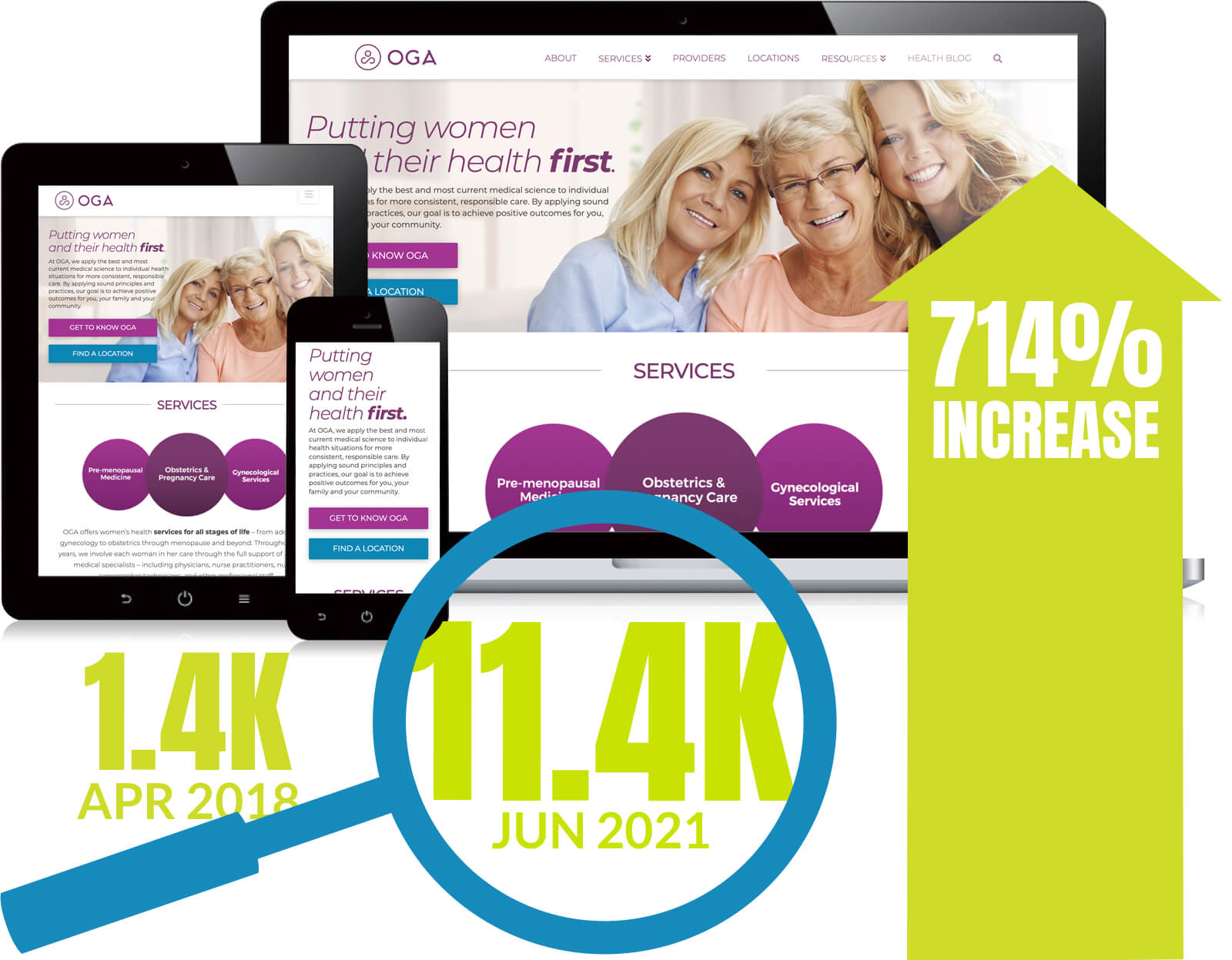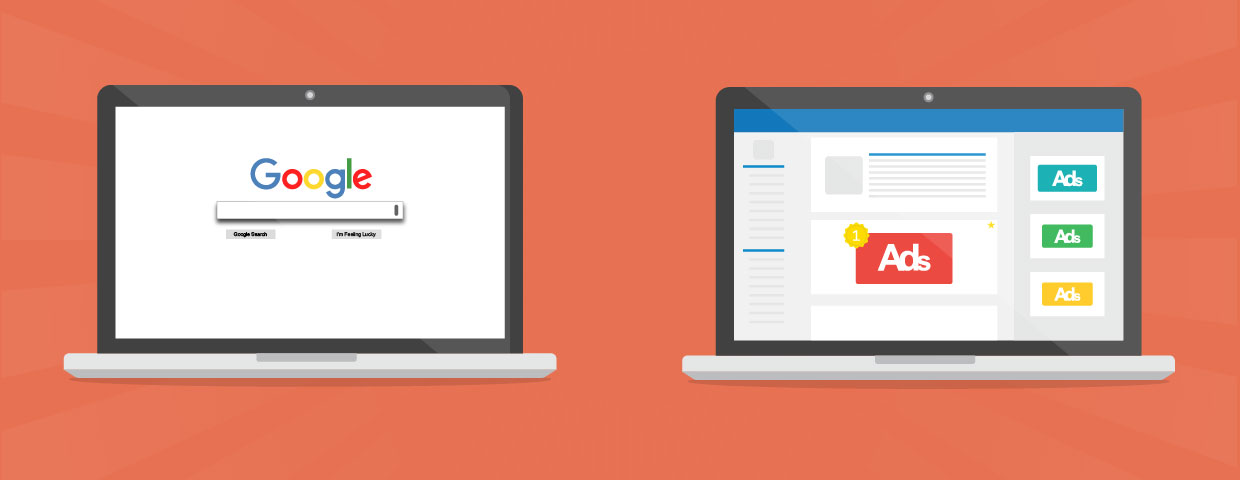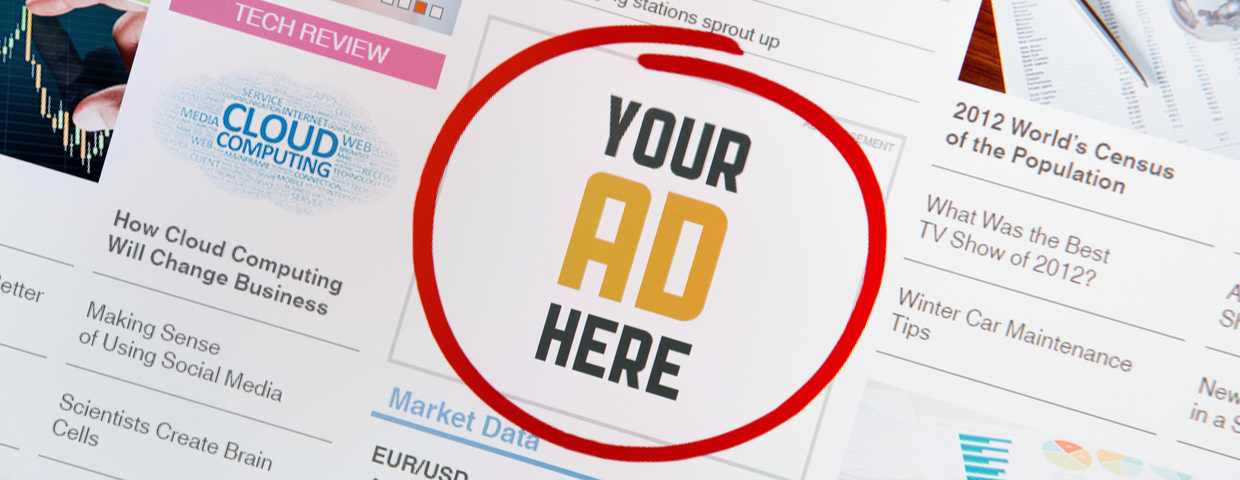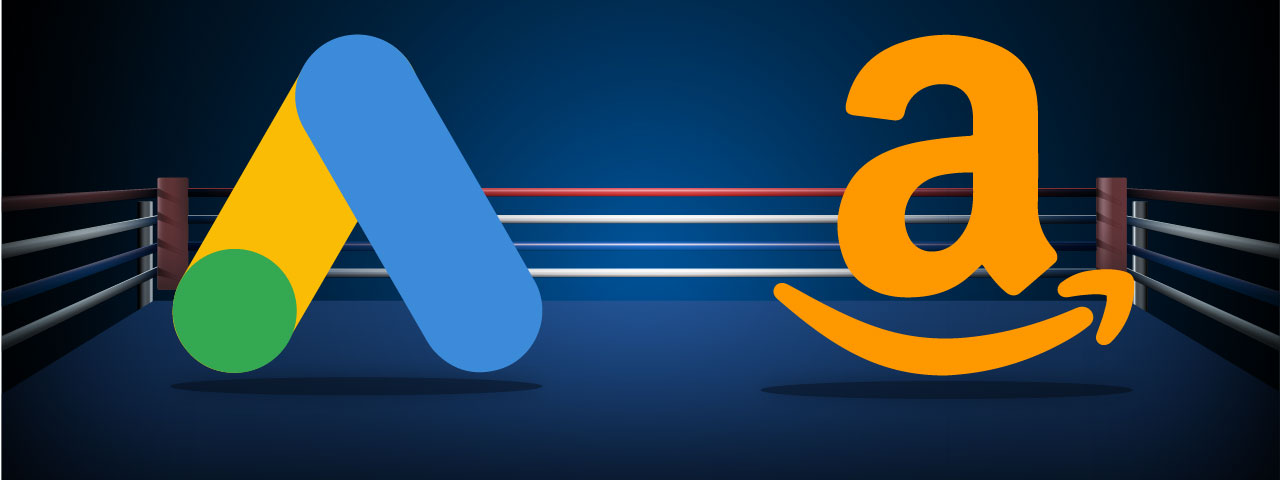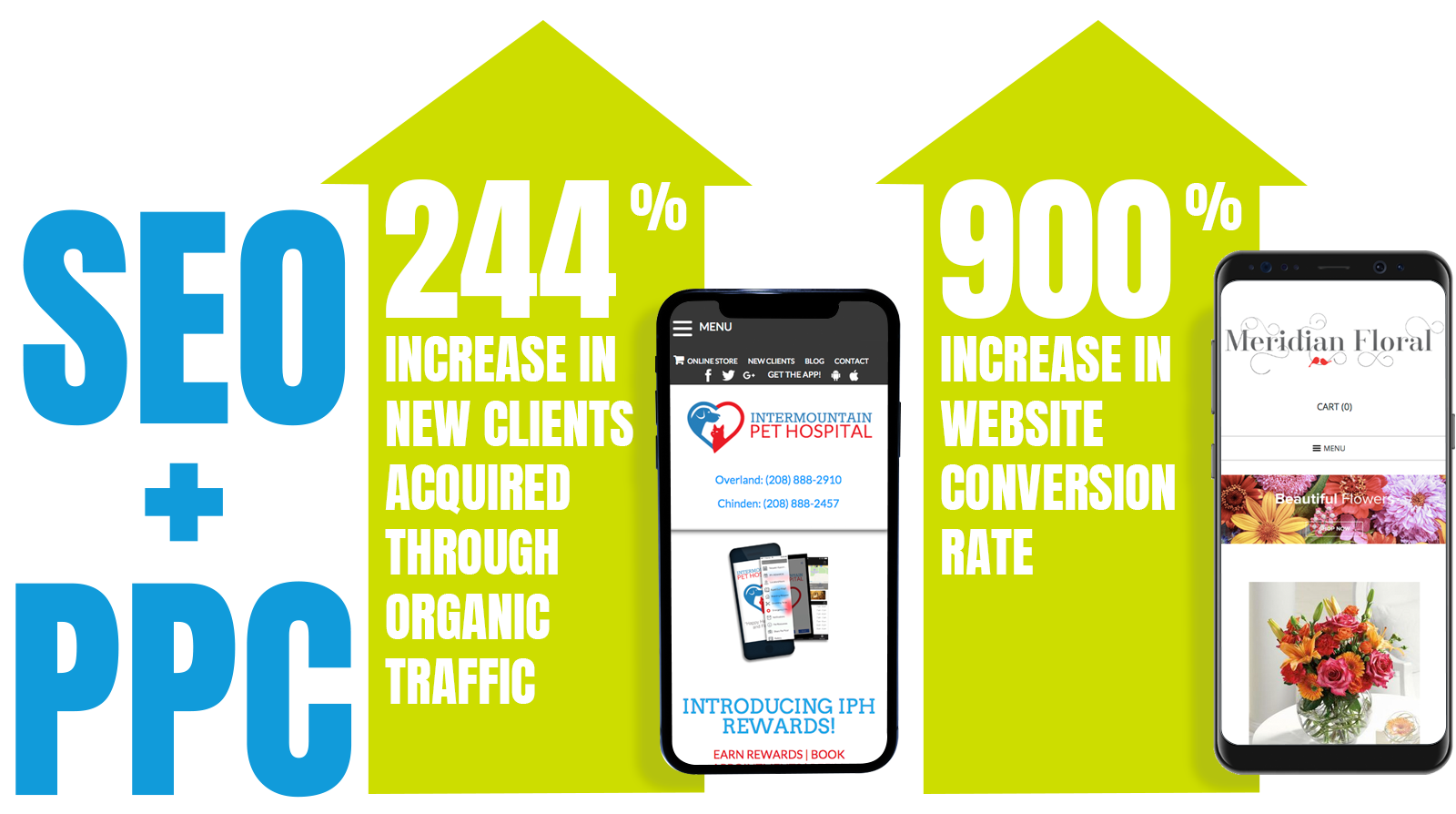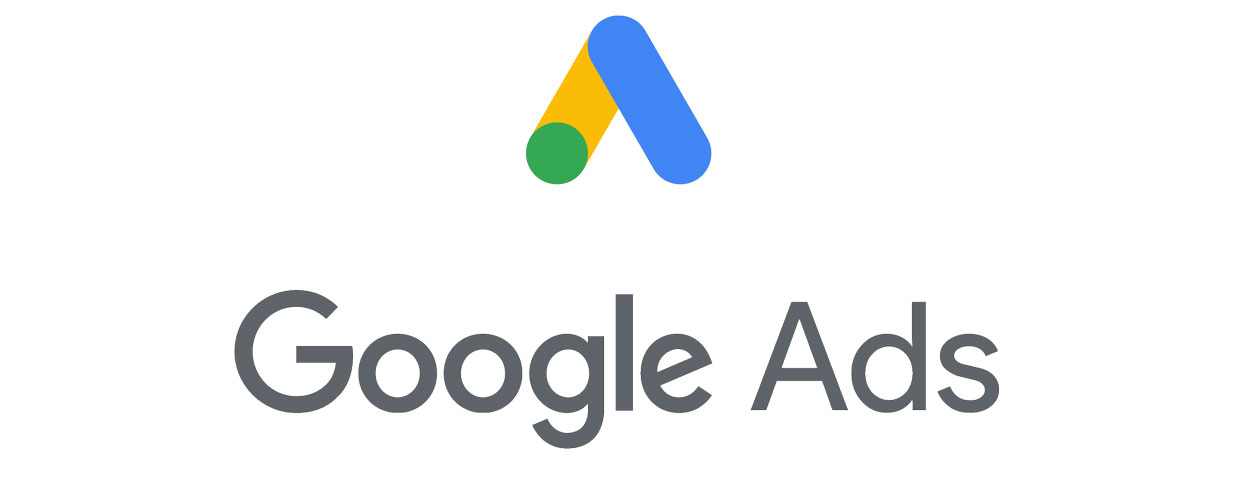The question of whether a business should focus on organic or paid traffic when it comes to their website is a question nearly as old as Google itself. The answer to this question is, of course, it depends. It depends on the company's goals, its budget, the market, and many other factors.
Inbound Marketing Blog
In the Spring of 2018, the general manager of a local women's health clinic with three locations in the Treasure Valley (focused on obstetrics & pregnancy care, gynecology, and pre-menopausal medicine) reached out to our team at Tribute Media. He had been sitting in on meetings with the organization’s board of trustees where it was becoming more and more apparent in conversations that they weren’t staying competitive in their industry and needed to gain more traction finding new patients online.
Of course, the answer is “it depends.” You'll need to evaluate your goals, budget, timeline, and a few other factors to ultimately decide. Think of it as trying to choose what type of car to buy. You have to take into consideration what kind of commuting you will be doing, how many people will be riding in your car, and of course, your budget. You certainly wouldn't buy a Toyota Prius if you're going to be driving on snow-covered, unpaved roads during winter hunting trips, or if you have more than three kids you need to drive around. The better bet would be to look at crossovers and SUVs.
As you take into consideration what your advertising needs, before making a decision, let’s quickly review what each paid advertising method allows you to do.
Display Advertising can be a powerful tactic to drive brand awareness for your company. With its ability to re-engage past customers and launch new products and services, it’s certainly come a long way. Out with those old neon signs, and in with the new digital ads.
Google Shopping debuted as Froogle, in 2002, as a product price comparison site that used the Google search algorithm and indexing to differentiate itself from other sites that offered the same service. In 2007, Froogle became Google Product Search and then it changed names again in 2012 to finally became Google Shopping. Today, it is one of the favored features Google has to offer users, as it generates 85% of all clicks on Google Ads.
Amazon, that online bookstore that started in 1994, is now a formidable player in the digital advertising world. How and when did this happen?
Using pay-per-click is a great way to support your organic search engine marketing efforts and focus on keywords and topics that might be harder to rank for due to competition or if you are trying to attract visitors to a specific offer or event. That being said, it can be downright frustrating to determine how much of your marketing budget you should commit to any specific PPC campaign, because unlike companies like Google, Amazon, or Facebook, chances are, you don't have unlimited funds.
What is the best way to set budgets for ad spend and allocate specific amounts for individual campaigns?
It's easier than you think.
(
When Google AdWords first launched in 2000 (they have since rebranded and are now known as Google Ads), the interface was simple and it didn't take much to start a campaign.
Oh, how times have changed.
In the almost 2 decades since the inception of Google Ads, Google has added multiple campaign types, keyword match types, and bidding strategies, and so much more to the mix that it can make your head spin. Now there are hundreds of possible combinations in which to build a campaign.
The Internet has changed the way consumers behave and buy products. With this change has come a new type of consumer that is more educated and able to do vast amounts of research before making a purchasing decision. It has also brought about a consumer that spends a lot of time online, whether it is for personal or professional reasons. This gives marketers new opportunities to interact with their customer base and reach out to different audiences.

